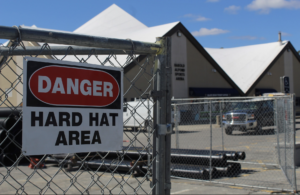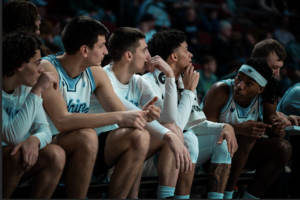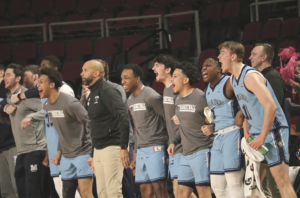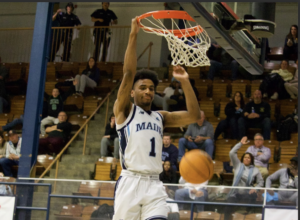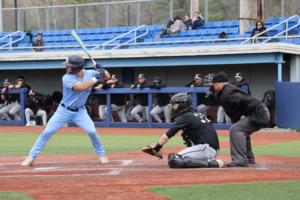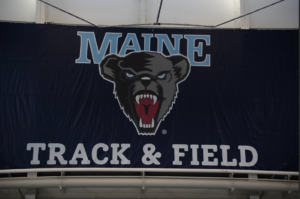On April 25, 1950, during the second round of the NBA draft, the Boston Celtics held the first pick and a need at small forward. They opted to break through into a new era, similar to the story of Jackie Robinson and the Los Angeles Dodgers, by selecting Duquesne University small forward Chuck Cooper. Cooper was the first African American ever to be drafted into the league and was joined by New York Knicks forward Nathaniel Clifton and Washington Capitols small forward Earl Lloyd later in the same draft.
Cooper started his basketball career in high school, playing center and averaging more than 13 points per game his senior year, while also being named as an All-City first-team center for Pittsburgh, Pennsylvania, where Cooper was raised. Following his completion of high school, the budding prospect attended West Virginia State University for a semester before being drafted into the U.S. Navy to help wrap up the final stages of the Second World War. Following the completion of his service, Cooper enrolled at Duquesne where he was named an All-American and set the then-school record for most points in a four-year career at 990. Most notably, Cooper helped guide the Dukes to a 78-19 record, while additionally being the first African American to compete in a college basketball game south of the Mason-Dixon Line.
Clifton faced a less straightforward path to the league than Cooper, having been a multisport athlete and member of a slew of teams throughout his young professional career. Clifton had a quiet high school career before attending Xavier University of Louisiana in the fall of 1942, but similarly to Cooper, Clifton was drafted into military service. Upon his return to the states, Clifton signed with the New York Rens, an all-black men’s basketball team that toured throughout the country. Clifton’s massive hands, requiring a size 14 glove, eventually drew the attention of the Harlem Globetrotters, who he signed with and played for from 1948 to 1950. Clifton would go on to play baseball for the Chicago American Giants during the offseason, helping to pave the way for other multisport athletes down the road.
Lloyd faced a less dangerous initial path to the league than his fellow draft classmates, being a high school standout in both academics and on the court even though he went to a segregated school in Alexandria, Virginia, his hometown. Lloyd graduated following the completion of the Second World War, accepting a scholarship offer to play basketball at West Virginia State University. Lloyd was regarded as the defensive centerpiece of the team, working in tandem with Cooper. In 1947-48, the two led the team to the only undefeated record in the country, standing alone at 30-0.
All three careers would help pave the way to the merging of all professional basketball leagues and uniting players of all backgrounds on one court. Though this happened 70 years ago, the effect that these three men had on the NBA still ripples through the draft today, as teams begin to expand to drafting players out of Europe and other international leagues.
